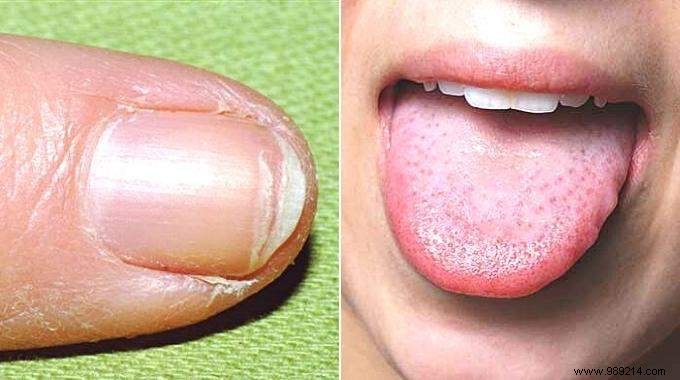
Are you very tired, anxious, the slightest effort exhausts you?
Maybe it's because you're low on iron!
And yes, feeling this way isn't just a result of our stressful lives or lack of sleep.
Behind all this maybe hiding an iron deficiency which can go as far as anemia.
I who suffered from this disorder for years, I know what I'm talking about.
It took me a long time to realize that I lacked iron, because I did not know how to decipher the signs.
Thanks to my naturopath, I now know how to diagnose them perfectly.
Discover 9 signs that show that you are lacking in iron and our tips to remedy it. Watch:
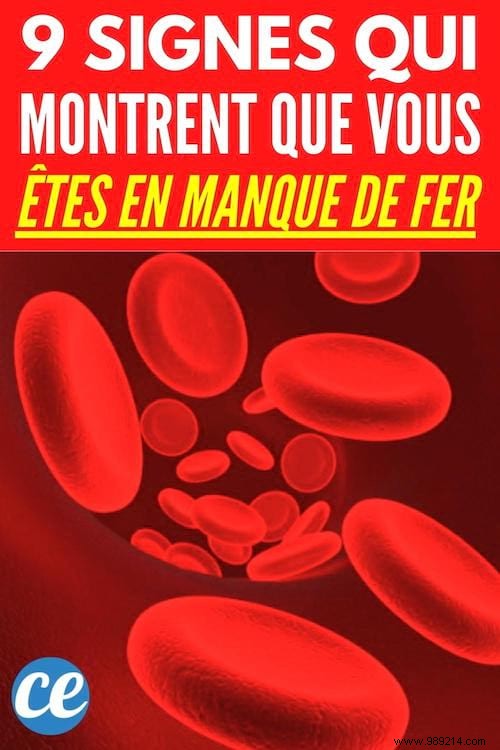
Iron deficiency occurs when your body does not have enough of the mineral iron.
Short explanation:
Our body needs iron to make hemoglobin, a protein found in red blood cells.
These globules have an important role, as they allow the transport of oxygen in the blood vessels.
But if your body doesn't have enough hemoglobin, your tissues and muscles don't get enough oxygen.
Consequence:this can lead to a condition called anemia; so you have to worry about it.
Although there are different types of anemia, iron deficiency (or martial) anemia is the most common in the world.
Despite this, knowing how to identify this disorder is not always easy.
So, look at these 9 unmistakable signs:
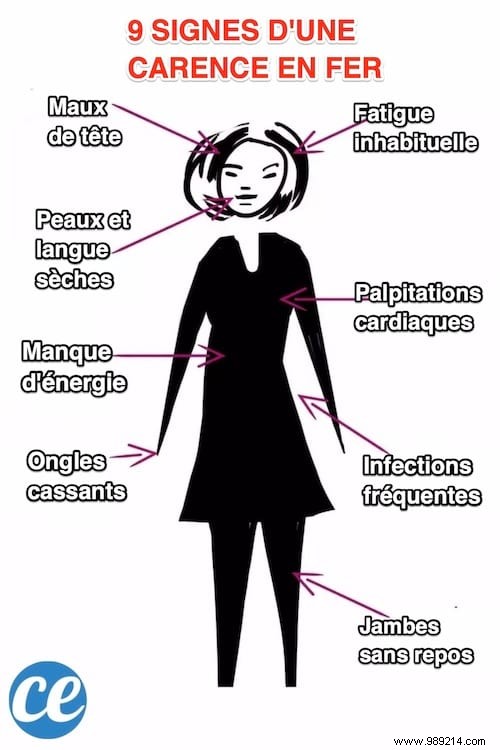
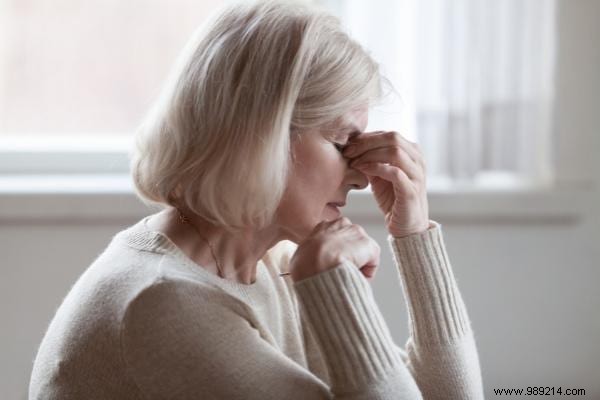
Feeling very tired is one of the most common symptoms of iron deficiency anemia.
This fatigue occurs when your body does not have the iron it needs to make the famous hemoglobin.
As I told you above, less hemoglobin =less oxygen.
Tissues and muscles are then deprived of energy.
Our heart also has to work harder to transport more oxygen-rich blood around the body.
As a result, an unusual state of fatigue takes hold of us since we are less supplied with energy!
This study demonstrates and explains all that very well.
The problem is that it is difficult to diagnose iron deficiency based on this symptom alone.
Fatigue or insomnia being often considered part of a modern and active life...
...We think it's "normal" and will just pass.
Nevertheless, fatigue related to iron deficiency can go hand in hand with other weaknesses.
It can make you irritable, give migraines or difficulty concentrating.
The accumulation of these factors often determines that we are iron deficient.
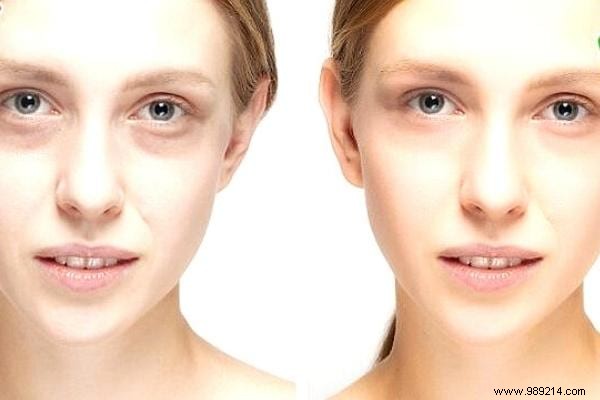
A paler skin than usual is a common sign of low iron.
It's often one of the first things doctors look for as a sign of iron deficiency.
This study also explains the phenomenon very well.
In summary, she says that the hemoglobin contained in red blood cells gives blood its red color.
But when you are anemic, the level of hemoglobin is lower.
Result:the blood is less red.
The skin may then lose some of its color or warmth.
But again, this sign is often not enough to conclude that one suffers from an iron deficiency.
To reinforce the diagnosis, do this little test:
The pallor associated with anemia is also accompanied by a pale coloring of the inside of the lower eyelids.
Pull your eyelid down while looking at yourself in a mirror.
If the inner layer is bright red, no problem.
If, on the other hand, it is a very pale pink or yellow, you may be suffering from an iron deficiency.
In people with darker skin, the eyelid may even be the only area where this problem is noticeable!
Another study reveals that pallor can appear all over the body or be limited to one area.
It can only be the face, the gums, the inside of the lips or
nails.
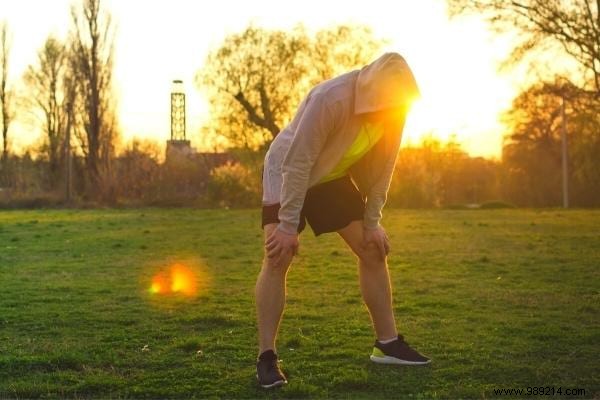
Hemoglobin allows your red blood cells to carry oxygen around our body.
When the hemoglobin level is low in iron deficiency, the oxygen level is also low.
This means that your muscles are not getting enough oxygen to perform normal activities, even walking.
The rate of breathing quickens as our body tries to get more oxygen.
This is why shortness of breath is a common symptom in people with anemia.
This study explains the problem well and also underlines an important thing.
If you are short of breath and had no problem climbing stairs or walking before...
...Iron deficiency may be involved.
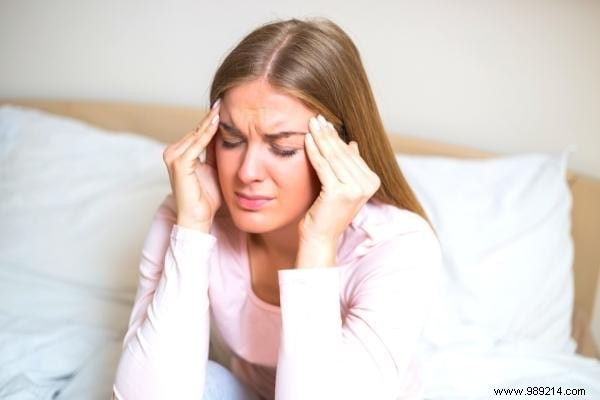
Iron deficiency can cause headaches , especially in menstruating women.
That's what this study says, although it's not yet definitively established.
The researchers believe that several factors come into play.
Without going into too much scientific detail, it would mainly be a problem related to dopamine and estrogen levels.
In any case, frequent and recurring headaches can be a symptom of iron deficiency.
They are also often associated with having tired eyes.
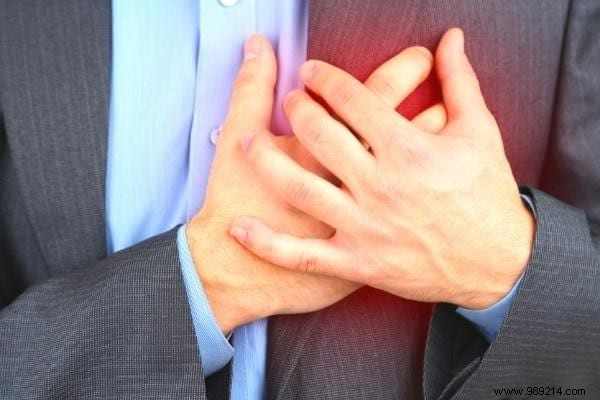
Another symptom of iron deficiency anemia is heart palpitations.
In iron deficiency, low hemoglobin levels force the heart to work extra hard to transport oxygen.
This can lead to irregular heartbeats or the feeling that your heart is beating abnormally fast.
That's what this study reveals.
Iron deficiency can therefore worsen conditions that affect your heart.
This is called heart failure and coronary heart disease.
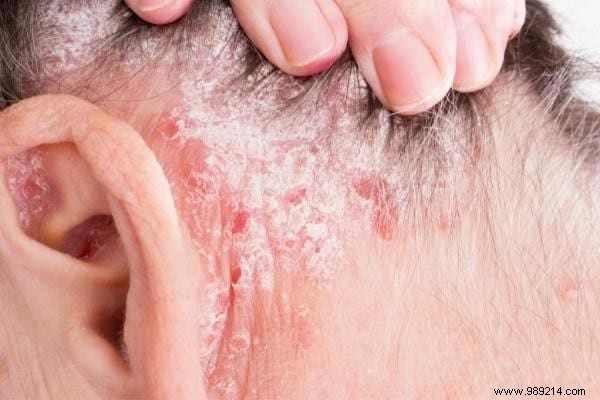
Iron deficiency can impact the skin and hair making them dry and damaged.
It's still the same problem.
If the hemoglobin level is low in the blood, it no longer oxygenates the cells.
And when skin and hair are deprived of oxygen, they become dry and weak.
This iron deficiency can also lead to hair loss.
Some research even suggests that it could be the cause!
It is completely normal for some hair to fall out during daily washing and brushing.
But if you are losing clumps in large amounts, it may be related to iron deficiency.

According to this study, iron deficiency plays a role in restless legs disease disorder.
As a reminder, this condition results in a strong urge to move the legs while they are at rest.
It can also cause unpleasant itching sensations in the feet and legs.
This disorder is usually very present at night, which means that you may have trouble sleeping.
The causes of Restless Legs Syndrome are not yet fully understood.
But people with iron deficiency anemia are 6 times more likely to suffer from this syndrome!
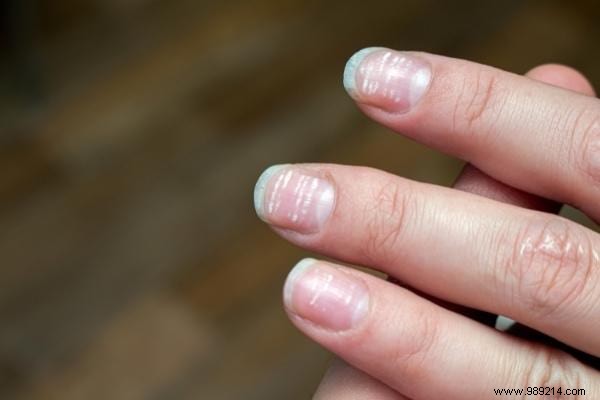
A slightly less common symptom of iron deficiency is brittle or spoon-shaped nails.
This condition is called koilonychia.
It is characterized by fragile nails that chip and crack easily.
Nails also take on a so-called spoon shape.
Basically, the middle of the nail sinks in and the edges curl up to give a rounded, spoon-like look.
However, this is a rare side effect.
This disorder only occurs in 5% of people with iron deficiency.
It is usually seen only in severe cases, as this study points out.
Brittle or spoon-shaped nails therefore indicate fairly severe iron deficiency anemia.
There are several other signs that your iron levels may be low.
They are usually less common and can be linked to many other conditions:
Strange cravings:
An urge to eat strange foods or non-food items is called "pica".
These are usually cravings for ice cream, clay, dirt, chalk or paper!
This may be a sign of iron deficiency.
According to this study, this sensation occurs a lot during pregnancy.
Feelings of depression, anxiety:
Iron deficiency anemia may be associated with depression in adults.
Pregnant people with iron deficiency may also be at higher risk for depression.
Cold hands and feet:
Iron deficiency results in reduced oxygen supply to the hands and feet.
Some people may feel the cold more easily or have consistently cold hands and feet.
More frequent infections:
Since iron is necessary for the proper functioning of the immune system, an iron deficiency can increase the risk of infections.
More appetite:
Iron deficiency is associated with a lack of appetite due to changes in the hunger hormone ghrelin.
Iron deficiency is the most common nutritional deficiency in babies and adolescents worldwide.
That's what this study reveals.
She tells us that the most common signs of anemia in children and infants are:
Fatigue, weakness, paleness, irritability, dizziness.
In case of chronic anemia, other signs may also appear:
Dry mouth, lip inflammation, hair loss and atrophic glossitis.
It is a condition that makes the tongue look smooth and shiny.
Finally, in the most severe cases, the following neurological symptoms are observed:
Attention Deficit Hyperactivity Disorder (ADHD) or Restless Leg Syndrome.
Anemia is also very common in the elderly.
According to this study, the main symptoms in seniors are:
Fatigue, paleness, shortness of breath, chest pain, edema, fluid retention.
Unlike younger people, our seniors can accumulate, in addition to iron deficiency anemia, other diseases.
For example, I am talking about stomach and intestinal ulcers, intestinal cancer and chronic kidney disease.
The signs I told you about above are usually not wrong.
If you think you have an iron deficiency, talk to your doctor first.
He usually asks to do a blood test to establish a diagnosis.
If iron deficiency is confirmed, treatment solutions are generally easy to implement.
No need for hospitalization if the case is not serious.
Doctors simply recommend increasing your iron intake through your diet or dietary supplements.
The main goal of treatment is to restore hemoglobin levels and replenish your body's iron stores.
If your doctor thinks your deficiency is due to a lack of iron in your diet...
...he then suggests eating more iron-rich foods.
There are two main dietary forms of iron:heme iron and non-heme iron.
Plants and foods fortified with iron contain only non-heme iron.
Foods of animal origin contain both forms.
It is good to include both forms of iron in your diet to ensure a varied diet.
Of course, this applies to people without a special diet (vegan, vegetarian).
Just know that the body absorbs 15 to 35% of heme iron, for only 2 to 20% of non-heme iron.
Foods rich in iron are:
- Red meat such as beef, pork, offal, black pudding and poultry
- Dark leafy vegetables, such as spinach and kale
- Dried fruits, such as raisins and apricots
- Peas, beans and other legumes
- Seafood
- Iron-fortified foods, such as breakfast cereals
seeds and nuts
Find the whole list here.
You can also use dietary supplements.
But be careful.
Take these iron supplements only if your doctor recommends it!
Because taking iron food supplements can cause side effects:
Heartache or heartburn, constipation or diarrhea, nausea or vomiting, black stools.
If you experience these side effects, take no risk and talk to your doctor.
Last thing.
For the food supplement to be really effective, avoid some bad practices.
Do not take it at the same time as medicines or foods that contain calcium (milk...).
Calcium can indeed limit the absorption of iron.
Conversely, combining iron with vitamin C can improve its absorption.
Foods rich in vitamin C are for example:
Peppers, oranges, grapefruit, kiwis, broccoli, Brussels sprouts, strawberries.
It is also advisable to avoid or limit high fiber foods.
Finally, beverages high in polyphenols, such as coffee and tea, can interfere with your iron absorption.
Iron deficiency can be caused by various factors and can occur at almost any age.
Here are some of the most common causes that can put us at risk:
- Insufficient iron intake due to a diet that does not meet daily nutritional requirements.
- Inflammatory bowel disease (IBD) or celiac disease
- Increased iron requirements during pregnancy
- Blood loss due to heavy periods or internal bleeding
And you, what signs showed you that you were lacking in iron? Tell us in the comments. We can't wait to read you!